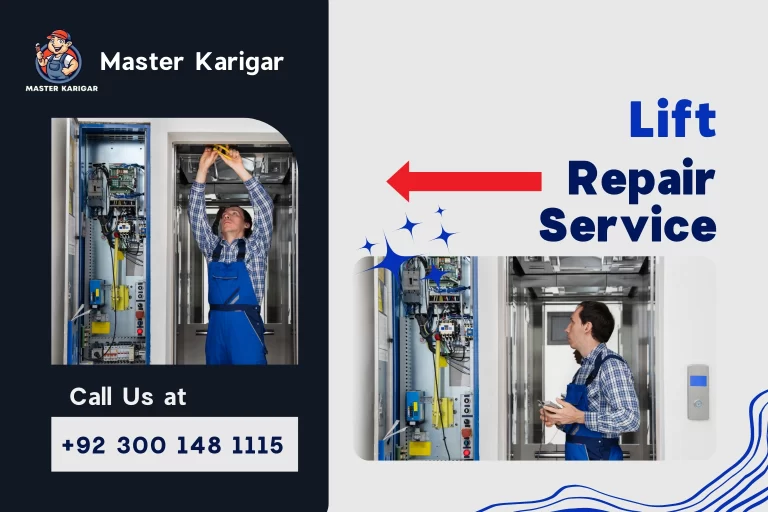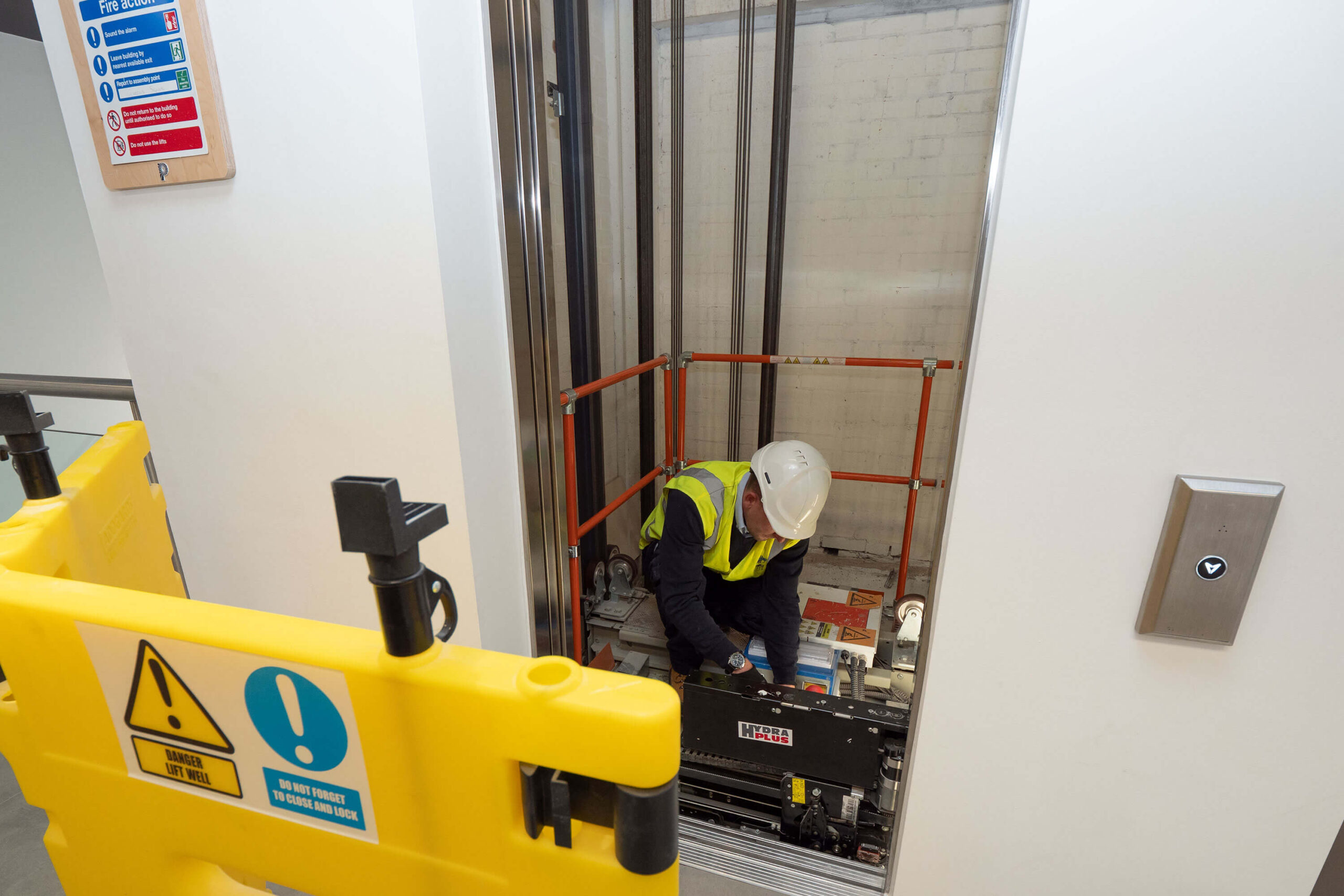Comprehensive Guide to Lift Repair Companies Near Me for Effective Lift Maintenance
Comprehensive Guide to Lift Repair Companies Near Me for Effective Lift Maintenance
Blog Article
Comprehensive Overview to Lift Equipments and Their Maintenance
Navigating the complex globe of elevator systems and their upkeep is a task that requires accuracy and knowledge. From the various kinds of elevator systems being used to the careful adherence to security regulations, the maintenance of these upright transportation gadgets is a complex venture. As buildings soar higher and modern technology advancements, the need for a comprehensive understanding of lift systems ends up being progressively vital. Join us as we unravel the intricacies of elevator upkeep, exploring typical problems, ideal techniques, and innovative technologies that shape the contemporary landscape of upright transport.
Kinds Of Lift Solutions
The most usual kinds include hydraulic elevators, traction elevators, machine-room-less lifts, and vacuum lifts. Hydraulic elevators are ideal for low-rise buildings and utilize a hydraulic piston to move the elevator cars and truck. Machine-room-less elevators are a space-saving option as they do not require a different maker space for the lift machinery.
Each kind of elevator system has its own advantages and disadvantages, making it essential for structure proprietors and programmers to meticulously consider their particular demands prior to selecting one of the most suitable option. Aspects such as constructing elevation, space accessibility, power efficiency, and spending plan restrictions all play a substantial function in establishing the very best lift system for a specific structure.
Common Maintenance Concerns
Regular upkeep of lift systems is important to make certain smooth procedure and lengthen their life-span. In spite of routine upkeep, elevator systems can still come across typical upkeep issues that need to be promptly resolved to stop disruptions in solution. Among the most constant concerns is door breakdowns. Lift doors might get misaligned, causing issues with opening and closing effectively. This can cause delays and security threats, calling for prompt interest from maintenance technicians. Another usual issue is connected to the elevator's leveling precision. Travelers may experience tripping hazards and discomfort if the lift doesn't straighten properly with the floors. In addition, issues with the control system, such as sensor problems or electrical problems, can trigger the lift to malfunction or quit functioning altogether. Routine evaluations and proactive upkeep can aid recognize and solve these common upkeep problems before they escalate and affect the overall performance of the lift system.
Security Regulations and Compliance
Sticking to stringent security laws and guaranteeing conformity with industry standards are vital for preserving the functional stability of elevator systems. Elevators go through a comprehensive collection of security guidelines to safeguard guests, maintenance employees, and the public. Regulatory bodies such as the Occupational Safety and Health Management (OSHA) in the USA and the European Lift Organization (ELA) in Europe develop standards that cover numerous facets of elevator style, installment, upkeep, and operation.
Conformity with these regulations is not just a lawful requirement but also a moral obligation for structure proprietors and elevator upkeep firms. Failure to fulfill safety and security standards can result in penalties, legal liabilities, and, most importantly, jeopardize the safety of individuals using the elevator. Routine examinations, maintenance checks, and adherence to security procedures outlined in the laws are vital to make sure the risk-free and efficient procedure of elevator systems. By prioritizing safety laws and conformity, stakeholders can promote the count on of the public and alleviate potential dangers connected with elevator usage.
Best Practices for Upkeep

An additional important finest practice is to promptly deal with any type of noted concerns or uncommon click this link noises to avoid further damage. Executing a positive method to maintenance can save time and money in the long run by see this here preventing expensive repairs or substitutes. Building owners ought to likewise think about buying modernization upgrades to improve the efficiency and safety of their elevator systems. By adhering to these best practices, elevator systems can operate efficiently and securely, providing reputable vertical transportation for owners.

Advanced Technologies for Performance
Applying innovative innovations in lift systems can substantially improve functional effectiveness and passenger experience. These systems allow guests to input their preferred flooring prior to going into the lift, which after that routes them to the most reliable auto.
Moreover, the integration of smart sensing units and anticipating upkeep capacities has reinvented lift upkeep. These sensors can find prospective issues prior to they rise, making it possible for aggressive upkeep interventions and lessening downtime. In addition, making use of energy-efficient elements and regenerative drives helps in reducing power intake and operating prices in elevator systems.
Additionally, the application of cloud-based monitoring and remote diagnostics enables real-time monitoring of elevator efficiency and immediate troubleshooting of any type of breakdowns. This positive strategy not just enhances system dependability but also improves the total individual experience by making certain smooth and uninterrupted elevator procedures.
Conclusion
To conclude, understanding the various kinds of elevator systems, common upkeep issues, safety regulations, best upkeep practices, and progressed innovations for performance is essential for guaranteeing the smooth procedure of elevators. By adhering to safety laws and carrying out finest methods for upkeep, structure proprietors can extend the life-span of their lift systems and guarantee the safety of passengers. It is essential to remain updated on the most recent innovations in lift innovation to enhance effectiveness and integrity.
The most common types include hydraulic lifts, traction lifts, machine-room-less elevators, and vacuum elevators. Hydraulic lifts are suitable for low-rise structures and use a hydraulic piston to relocate the elevator automobile. Machine-room-less elevators are a space-saving choice as they do not need a different device space for the lift equipment. Routine inspections and positive maintenance can help recognize and resolve these typical upkeep issues before they intensify and affect the total efficiency of the lift system.

Report this page